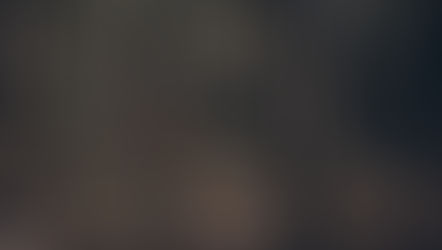The Evolution of Medicine and Reiki
- Elaine Hamilton Grundy

- Oct 7, 2016
- 3 min read
Excerpt from Reiki, Pure and Simple
If you were educated in the last century it is likely you grew up, as I did, with an entrenched mechanistic viewpoint, believing life can be explained by the laws of physics and chemistry.
Given all we currently know about the workings of the human body, it’s hard to appreciate that 300 years ago renowned thinkers and scientists were in the middle of a great debate about what delineated living from non-living matter. The general belief was that living organisms were ‘vital’ because they had a spirit or a spark which set them apart from non-living things. In religion that ‘vital spark’ took the form of God, and in science it took the form of an organizing, non-physical force or element. Medicine, during this era, saw healing as an art – part intuition, part knowledge – in which the patient was very much involved. The healer or doctor provided the catalyst to help the patient find their own ‘vital spark’, the invigoration of which was a critical element for health and healing.
As science grew increasingly mechanistic, more and more medical doctors and researchers swung towards the idea that life was simply a chemical phenomenon.
With wonderful breakthroughs such as the discovery of penicillin in 1929, the advancements in cellular biology and the unravelling of the DNA code, it seemed increasingly conclusive that all human workings could be deciphered via chemical reactions. As a result of this focus on the mechanics of biochemistry, medicine began to treat the body, to put it bluntly, as a robotic machine.
There began a split in thinking between what we know today as conventional medicine and holistic or complementary medicine. Conventional medicine focuses on treating the body when it is already broken or breaking down, and likens the healthy body to a well-oiled machine. Conventional medicine places little emphasis or study as to what keeps us healthy and vital. There is also little research on why some people remain healthy when others around them succumb to viruses and disease, or why some people seem to be able to heal from ‘incurable’ disease. Advances in conventional medicine are celebrated when researchers discover ways to treat an existing disease or cure an illness that has already taken hold.
In contrast, the focus of holistic medicine is prevention and bolstering the body’s own defences to maintain balance. A healthy body is viewed as one in which a strong immunity is developed due to the balance of all body systems – mental, emotional, spiritual, as well as physical. By definition, holistic medicine is vital and maintains a philosophical belief that life is sustained by a ‘vital spark’. In Chinese medicine this spark is defined as ‘Chi’, in Indian Ayuvedic medicine it is referred to as ‘Prana’.
As we enter the 21st Century, the pendulum appears to be swinging back to a more modern form of vitalism. Many of us believe that we are more than the sum of our chemical composition. This may not necessarily mean we believe in a single divine being but, at least for me, it is hard to observe the natural world without believing in some form of spirit or vital spark that continues to pour life into everything around us. In many countries there is a growing backlash against the mechanistic, dehumanising experience of our current medical system and an increasing interest in holistic approaches. Many doctors and medical researchers are themselves leading the shift in thinking to a more balanced approach to health, one that encompasses both the detailed observation of our cellular functions, and the balancing of our vitality, our humanity.
Reiki is gaining greater acceptance in the medical profession and accelerating its reach into hospitals, emergency rooms, operating theatres and care homes. In a 2007 study by the American Hospitals Association, 15% of hospitals in the USA offered Reiki to their inpatients. Andrew Schafer, Chief Physician at New York-Presbyterian Hospital/Weill Cornell Medical Center sums it up by saying “today’s complementary and alternative therapies could be tomorrow’s medical breakthroughs.” In tandem with the growth in popularity of Reiki within medical establishments, Reiki is also one of the fastest growing self-healing therapies.
Reiki is believed to be the life force that flows through everything and by harnessing this energy and using it in the body we can improve our balance and vitality. Once the body is in balance, it can reset its own processes and fix malfunctions all by itself. The assumption is that although the body can heal itself it is often blocked; the vital spark (or Chi) is not moving freely and Reiki can help the body unblock and heal.

Health alternatives …. Herbal and natural as a preventative step







Comments